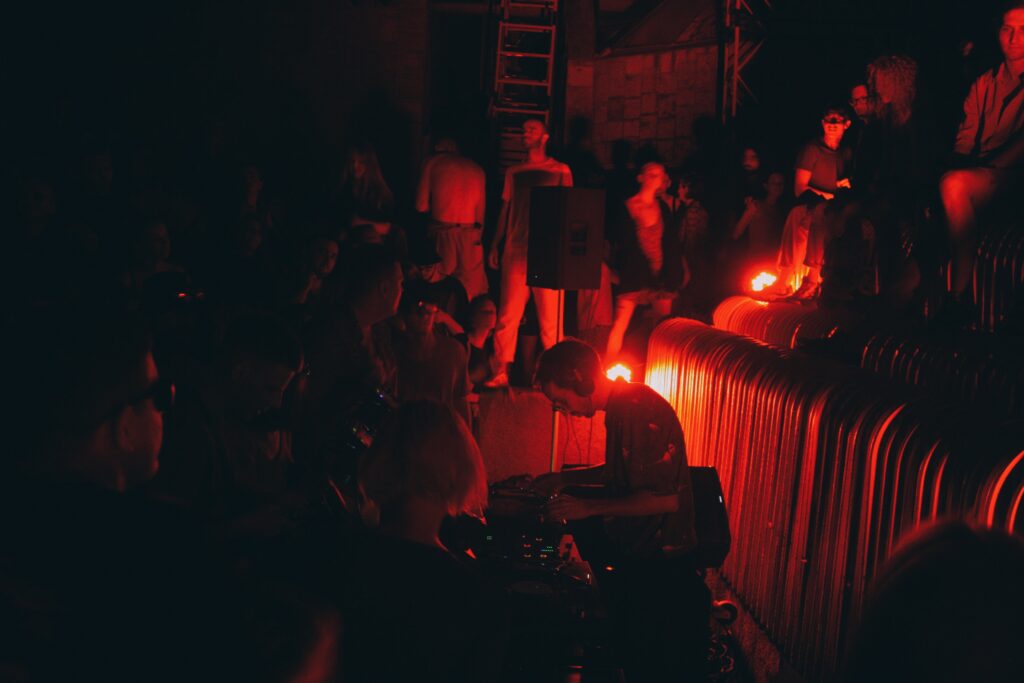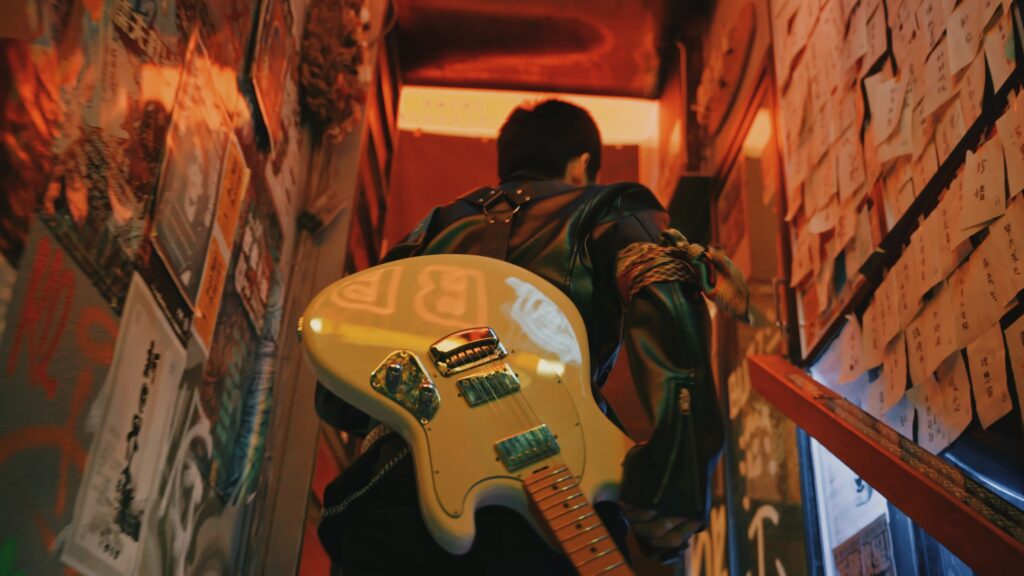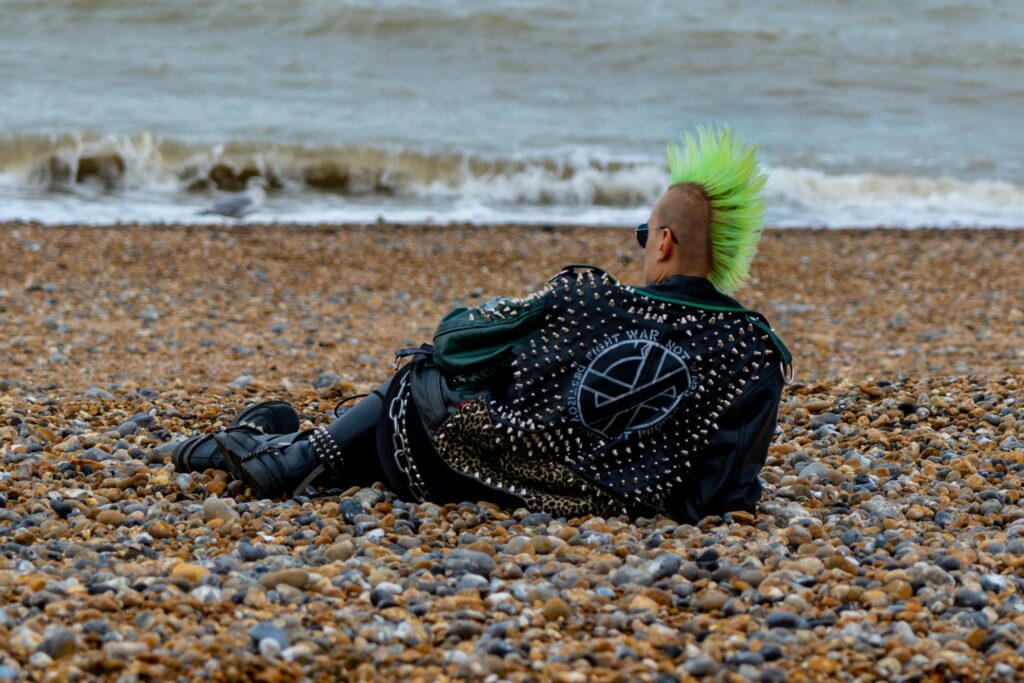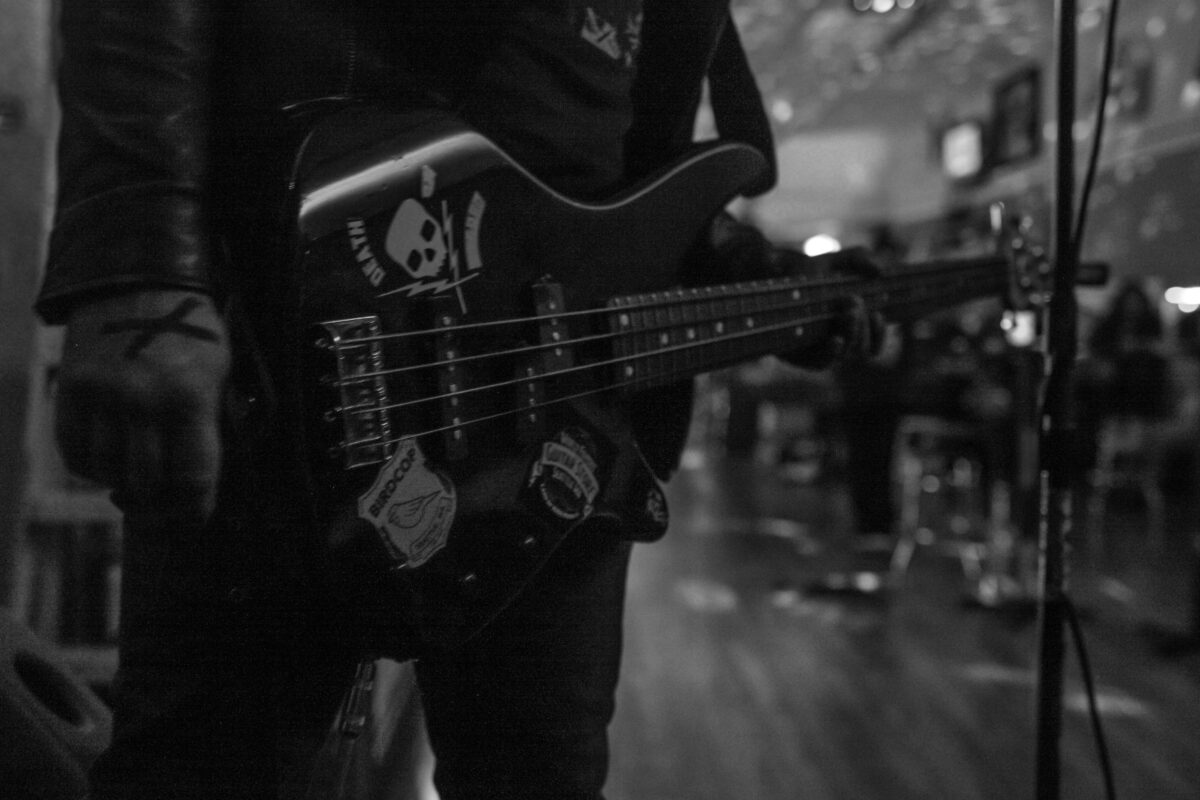It isn’t a particularly earthshattering statement to say that many music subcultures suffer from excessive materialism.
As a goth, I especially see this in social media circles. Pressure to uphold a certain aesthetic, namely one involving extensive effort and monetary investment, abounds.
There’s always a new shiny piece of jewelry to wear, or a new hair accessory or a new pair of boots.
With the current state of manufacturing and consumerism, most of these products are poorly made through unsustainable and often unethical practices, designed for the sole purpose of temporary gratification.

Not only does materialism serve to create a money-sucking vacuum within the community, but it obfuscates important conversations about goth culture and, more specifcially, goth music.
This issue isn’t localized to the goth community. It’s starkly evident in most music-based subcultures, glaringly obvious now with the rise of the “alt” umbrella in contemporary online circles.
What’s There to Do?
And while this is a logical — and perhaps inevitable — function of our late-stage capitalistic techtropolis, there are ways to ameliorate its effects.
While shopping sustainably — making investments rather than frivolous purchases — is one mode of opposition to mass consumerism, it can be difficult to achieve.
That’s why, as a college student, I’ve become a strong proponent of D.I.Y.

A former staple of music subculture, especially punk and goth, D.I.Y. is often overshadowed.
One can speculate that the hegemonic shift towards a space in which rugged authenticity is emulated rather than allowed to occur organically (see: the manufacturing of “vintage”), do-it-yourself approaches to style can seem far-fetched.
However, there are numerous ways to cultivate distinct, unique styles without pandering to fast fashion or overconsumption.
My Top 3 D.I.Y.s
- Dyeing thrifted clothes
In my experience, it’s uncommon to find good pieces by exclusively shopping in the black and gray section.
Looking in other sections, such as white, brown and pink and later dyeing the clothes black at home (make sure you pay attention to the type of fiber you’re working with!) can extensively broaden your options.
One of my favorite tops, a lace cardigan with pearl buttons, was originally white. Now, it’s a perfect staple piece for a goth wardrobe.
- Safety pins
I bought a pack of 50 safety pins at the supermarket four years ago and have not since stopped incorporating them into my outfits in different ways.
I pin them to the lapels of my blazers, attach them to the collars of shirts, dangle wire-wrapped animal teeth from them and use them to pin down chains.
Not only are they unobtrusive and easy to remove, but they can be reused to infinite proportions. This is especially valuable if you, like me, have managed to lose all but two of the original 50 pins you started with.
- Chains
Chains are a mainstay of contemporary — and classic — subcultural fashion. However, good quality chains can be extremely expensive.
In lieu of sufficient funds, I often turn to my local supermarket for assistance.
For basic adornments and accessories, I pick up a pack of jump rings and a bundle of chain and piece together whatever it is I’m looking for.
I’ve made several necklaces, basic harnesses and shoe decals with this method.
Final Thoughts
I don’t claim to be above consumerism.
I, too, revel in the dopamine rush of a frivolous online purchase.
Obviously, a single person’s efforts will put nary a dent in such a monolithic systemo-cultural-economic beast as mass consumption. That’s not the point.
What’s important is understanding how broader discourses can have ripple effects on a subcultural level.
Exposure to a social norm that glorifies not only consumerism but unsustainable consumerism affects everyone.
Yes, even so-called “counter cultures.”

And therein lies one of the core factors that some argue contributes to the “cheapening” of music subculture, of this growing conception that “aesthetics” can be bought and sold and tossed away when no longer interesting.
The, apologies, “poser” effect.
As an adolescent, I knew many young people who, in an effort to “reinvent” or “rebrand” themselves, emptied their closets and went on shopping sprees guided by meticulous Pinterest moodboards.
And while the search for identity is something of a ubiquitous concept among teenagers (and probably most adults), the act of costuming oneself in an attempt to achieve a particular “aesthetic” (read: identity) can be mentally damaging.

It’s something I myself have struggled with: the idea that I have to always have the “right things;” a preoccupation with tangible (and fungible) items that I’ve decided bare some supreme cosmic significance in the construction of “me” (spoiler: they don’t).
But these items were all things millions of other people had. They were things made without love and without care and with landfills on the horizon.
D.I.Y. isn’t just “more sustainable,” it’s a method of creation.
It’s a means of stepping into yourself and making something with your own hands, something nobody but yourself will have, something that didn’t exist before you conceived of it.
That’s the real crux of self-expression.

